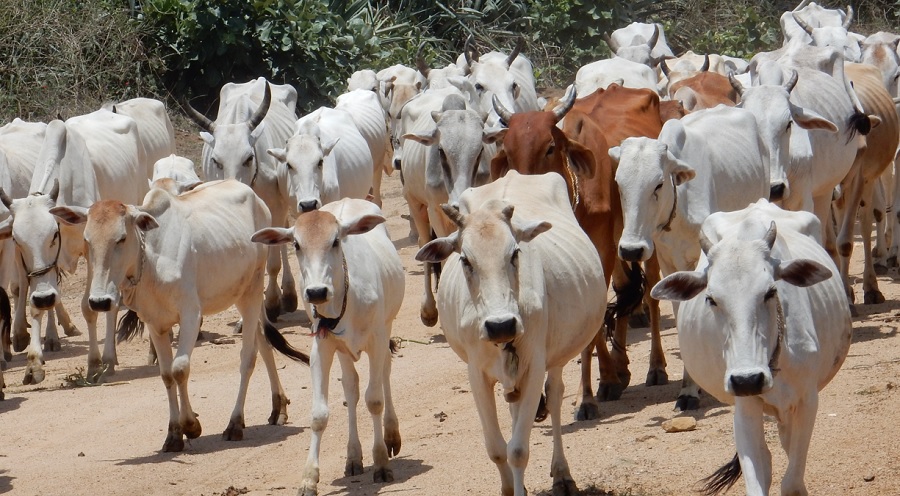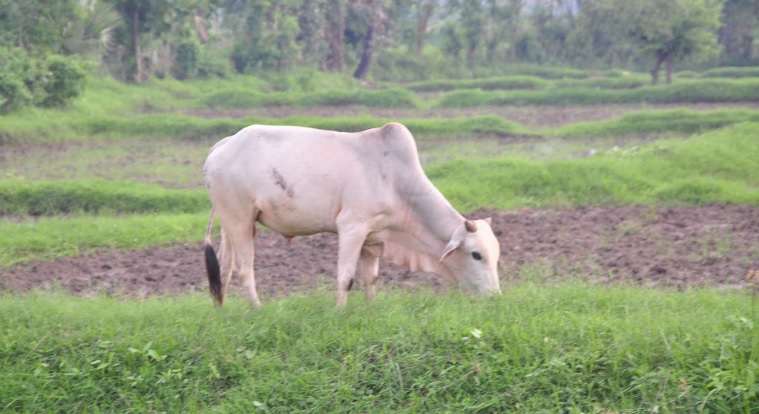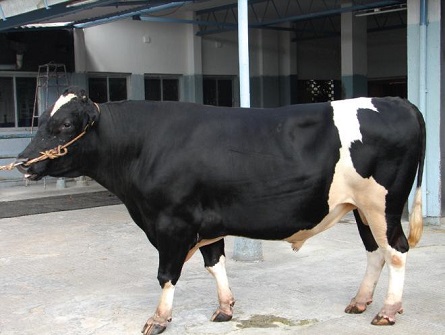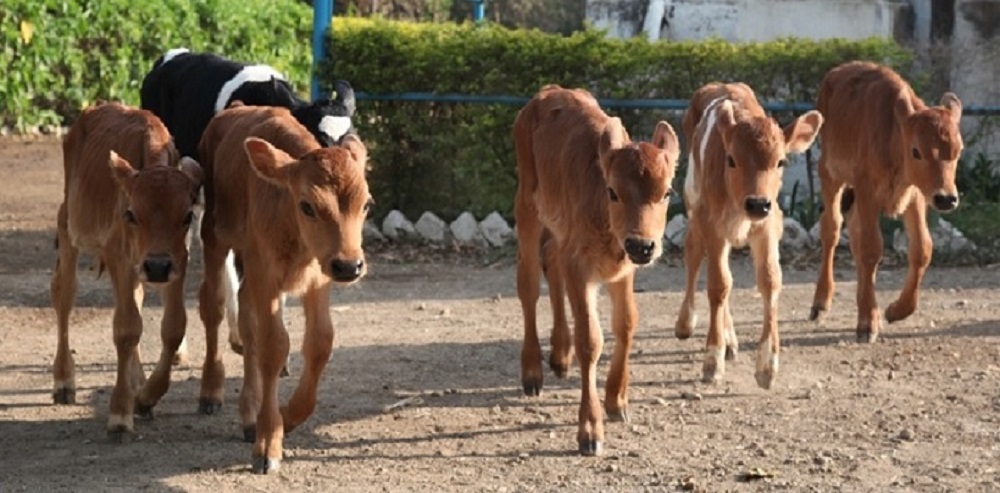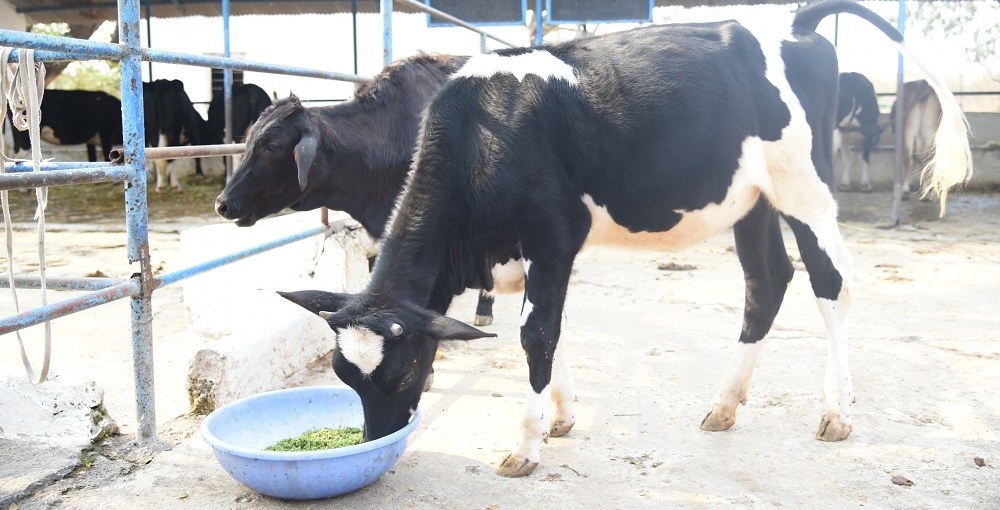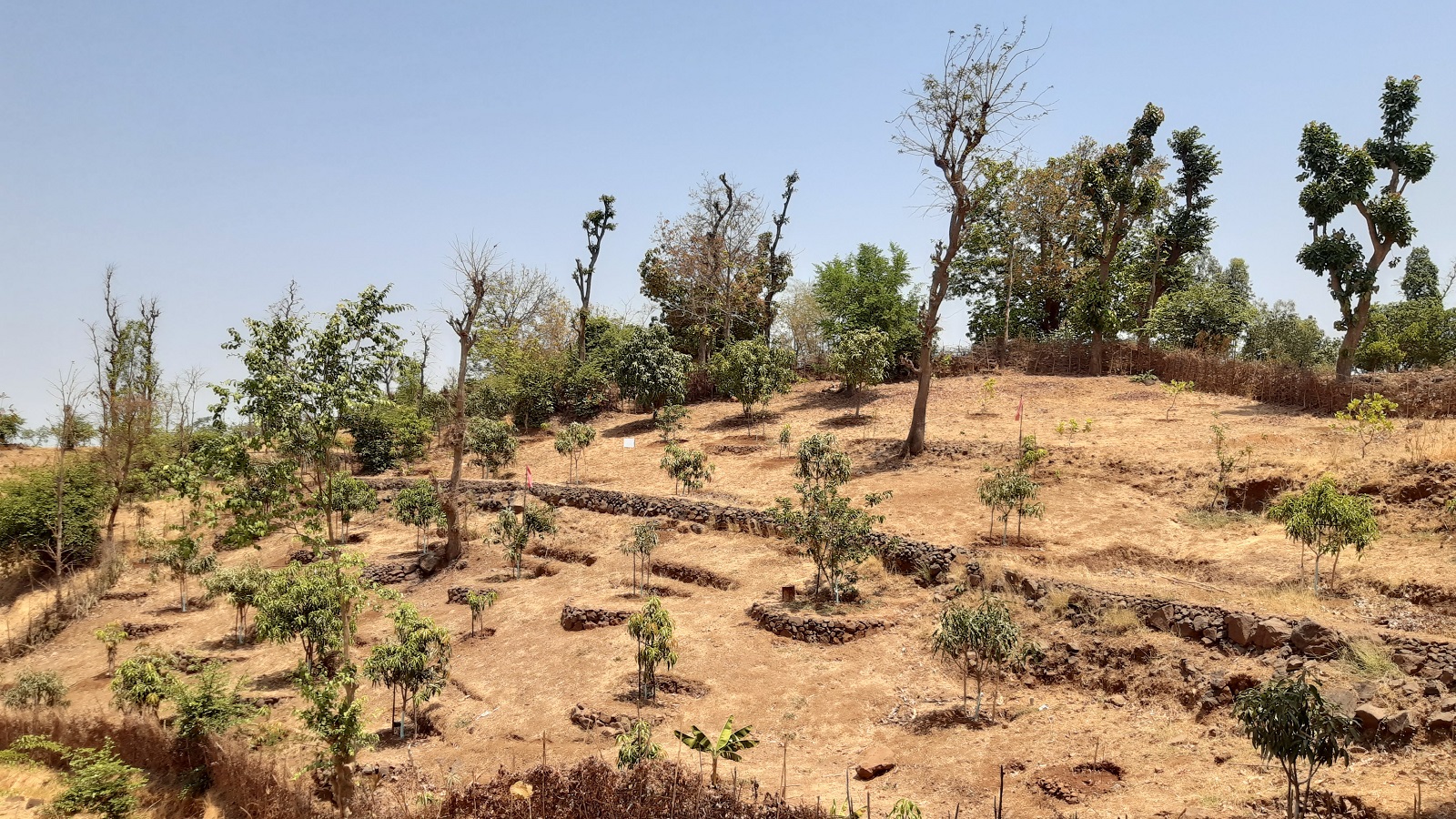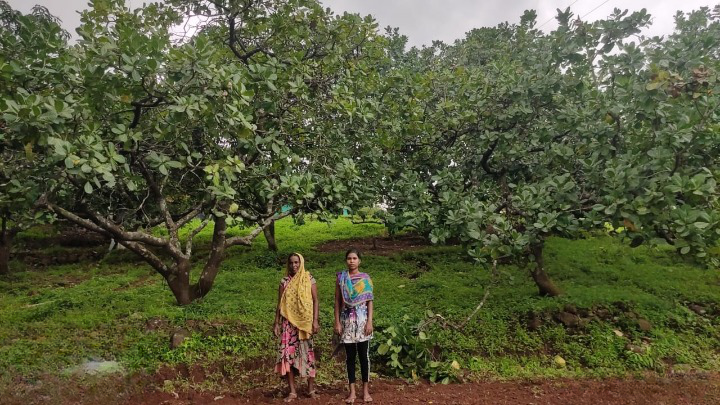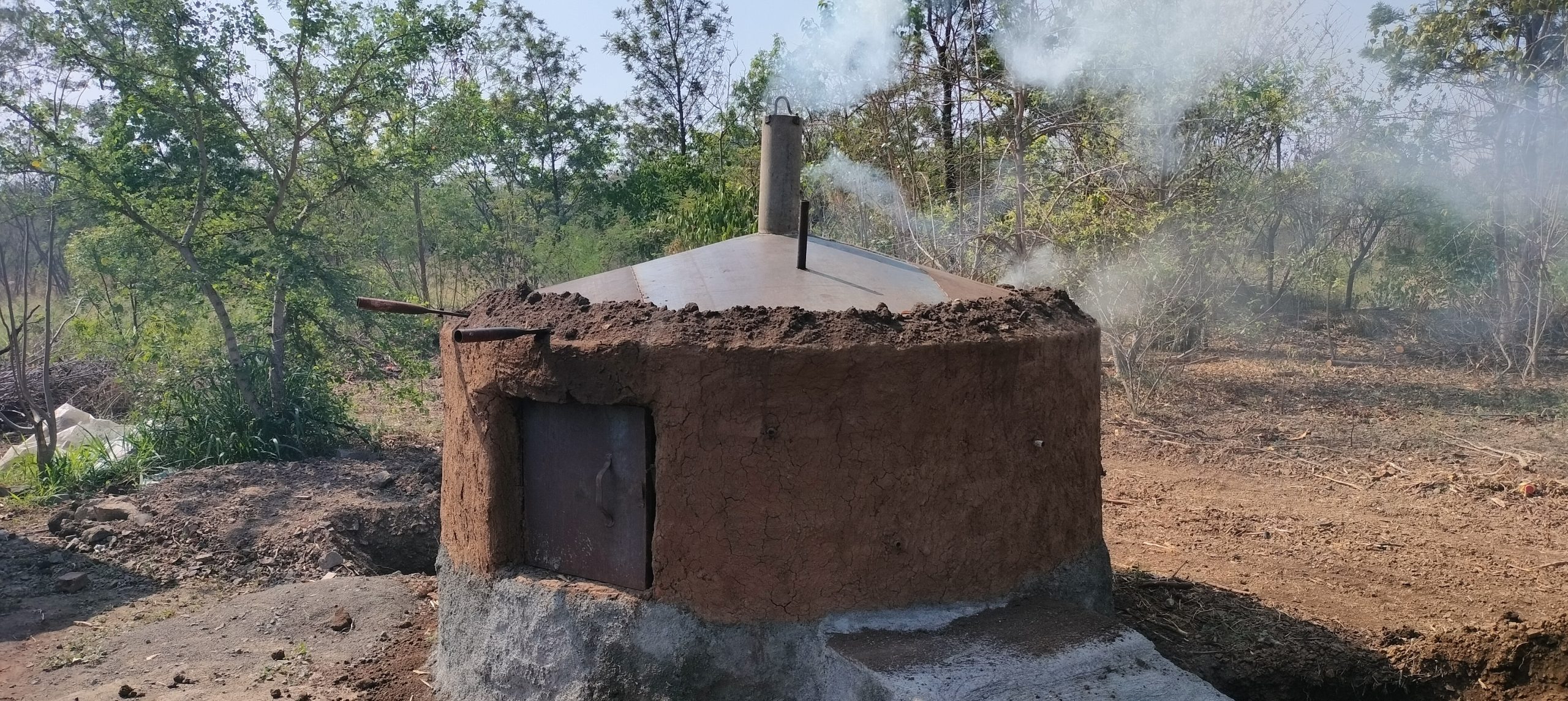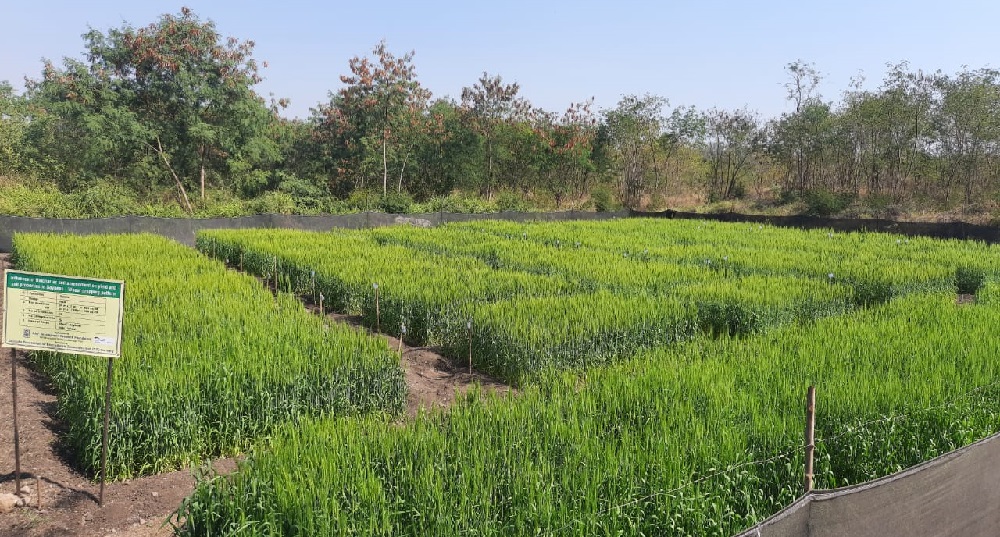
Biotechnology – In-Vitro-Fertilization (IVF) – A way to multiply superior germplasm in Livestock

In-vitro fertilization (IVF) is a biotechnological technique widely used in livestock. IVF in livestock offers several advantages, particularly in the multiplication of superior germplasm, which refers to the genetic material of animals that exhibit desirable traits such as high milk production, disease resistance, or other economically important characteristics.
The clinical and technological advances executed for a long time in animal duplication have resulted in the development of a variety of tools commonly referred to as Assisted Reproductive Technologies (ART). The primary focus of these tools is to maximize the number of offspring from genetically superior animals and disseminate germplasm to breeders’ and farmer’s doorstep. Furthermore, ART allows for the effective utilization of donors with anatomical disabilities and sub-fertile conditions, for shielding the germplasm of threatened species and home breeds and transmission. The major advances in In Vitro Embryo Production (IVEP) today seek to improve overall performance at all procedural stages viz. ovarian stimulation, oocyte recovery, maturation, fertilization, embryo development, embryo freezing, embryo transfer and pregnancy establishment.
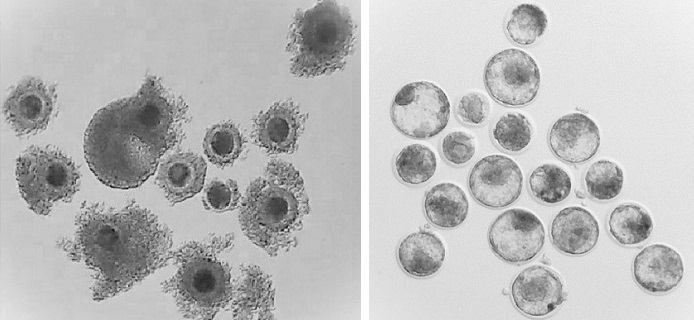
The native breeders are interested in conserving their native breeds for genetic assurance in the future. The conservation includes preservation along with upgradation of the genetic potential and management of a breed for use in the future. The powerful control of livestock assets consists of identification, characterization, evaluation, documentation and conservation.
BAIF established the IVF laboratory in 2018 with the project entitled, “Conservation and Multiplication of Superior Germplasm in Cattle by OPU-IVF Technology” under the Rashtriya Gokul Mission (RGM), National Mission on Bovine Productivity (NMBP), Government of India. Indigenous breeds such as Dangi, Deoni, Gaolao, Gir, Red Kandhari, and Sahiwal donors were selected based on the Minimum Standard Protocol set by the Government of India.
Farmers and animal breeders are utilizing BAIF’s IVF-Embryo transfer (ET) facility to multiply embryos from genetically superior animals. It enables rapid dissemination of desirable traits in the population. For those who are interested in producing desired sexed calves, during IVF only, sex-sorted semen is used. Nowadays, breeders are also trying to ensure genetic improvement in their herds, leading to higher productivity and profitability. As there is less transportation of live animals, it reduces the risks of disease transmission.
The desirable approach is to take up genetic development as well as conservation. Establishment of regional gene banks and participation of breeders, communities, gaushalas, NGOs and different applicable stakeholders are essential in the conservation programme.


Mr. Prasad D. Deshpande
Senior Thematic Program Executive
BAIF, CRS, Uruli Kanchan, Pune

